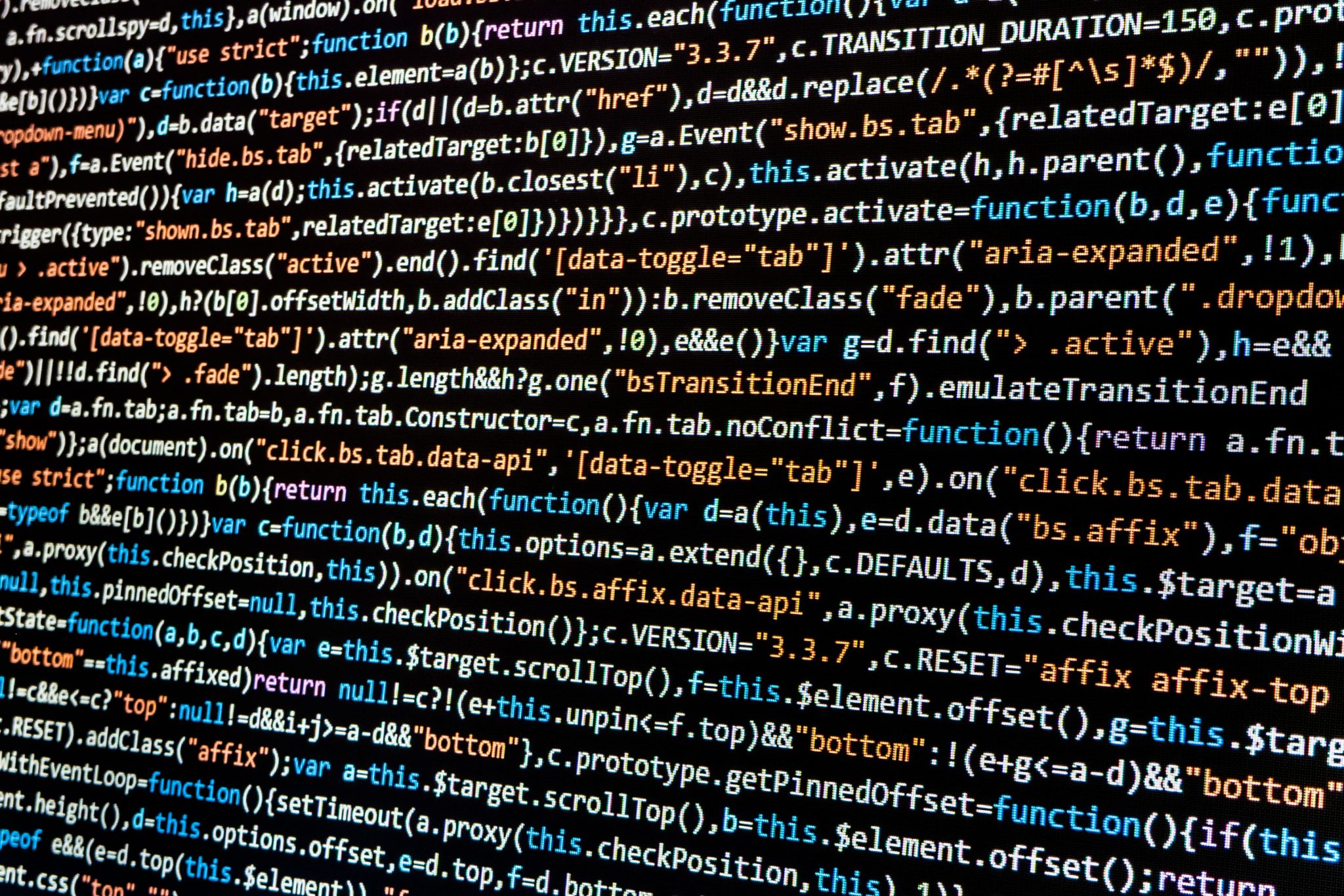Between 2006 and 2013, a total of 550 universities reported experiencing a data breach of some kind. This trend has only increased since then, and universities are getting serious about protecting themselves from these attacks. Where is the threat coming from? In most cases, overseas. Hackers are interested in stealing credit card data, social security numbers, and other valuable student information.
In fact, education is one of the top 3 sectors in the country facing the most data breaches. Symantec reports 10% of all cyber attacks are on education, while only retail and healthcare pull ahead with higher percentages. Why are hackers going after universities in the first place, and how can students and administrations protect their privacy?
Why Are Universities Targets?
When it comes to attracting the attention of hackers, universities are a goldmine. Upon first inspection, it’s not clear why universities are at such a high risk for cyber attack. Even though these attacks happen relatively frequently, they don’t gain as much media attention as say, a large corporation losing customer information.
That being said, it’s pretty straightforward why so many universities are appealing to hackers. First of all, they have a lot of information. Students information is packed up, neat and organized, like a gift on Christmas morning. This information includes things like financial data and even medical information. Becuase they’re always gaining new students every semester, there’s a constant stream of data being refreshed and kept up-to-date.
It’s also important to note that students make particularly easy targets for hackers. Students aren’t savvy about checking their credit report frequently (if at all), so hackers have a lot of time to do their work undetected. Many students are new to the world of credit and loans, so they aren’t versed in the right safety information.
Larger universities are especially prime for attack because they’re so broken up. With several departments, they essentially give hackers several network access points. It’s hard to monitor security when there are so many students, faculty, and staff accessing the network from a large number of locations. IT professionals have a hard time keeping track of all weak areas on such a diverse system, and this leaves space for hackers to slip through the cracks.
Solving the Hacker Crisis
How can universities stay alert to potential threats? Many institutions are beginning to realize the importance of security, and this is leading to big changes that protect students. University security managers should take a proactive approach to safety. Instead of reacting to problems, universities need to prioritize finding solutions before things happen.
First, higher-education institutions need to ensure a secure and stable website. This is where prospective students access most of the university information, and it’s easy to run into problems. Lilo, a known web development firm in London dedicated to web security, recommends schools utilize professionals with experience in securing large data online to build their websites.
Today there are specialty software and network tool which are built with universities in mind. These tools provide the first line of defense against attacks. This is a great step, but shouldn’t be the only one. It’s crucial to educate students and faculty about the realities of online security. Teaching students how to monitor their own credit and take care of their personal privacy protection is the most effective way to strengthen the entire community.
Many students and faculty have unsafe internet habits that can compromise the security of the entire institution. By focusing on a cyber security campaign, everyone can learn to be more responsible online with their personal information. Finally, create a system for reporting suspicious internet activity within the network. If students begin to receive strange messages, for example, design a way for them to communicate these things quickly to avoid escalating the problem.
Ultimately, the responsibility lies with the administrators to protect students and staff from cyber attacks. As these attacks become more common, institutions will need to make smart decisions to keep their systems secure.
***This is a sponsored post***
If you enjoyed what you read here you can follow us on Facebook, Twitter, and Instagram to keep up to date with everything we are covering, or sign up to our mailing list here! If you want to hear more from us you can check out our podcast, Chatter, or subscribe to us on iTunes here.



![Chatter #376 – Patricia Pino: Can’t We Just Print Our Own Money? [The Lies About Inflation]](https://thejist.co.uk/wp-content/uploads/2025/02/Copy-of-chatter-thumbnail-9-150x84.png)







